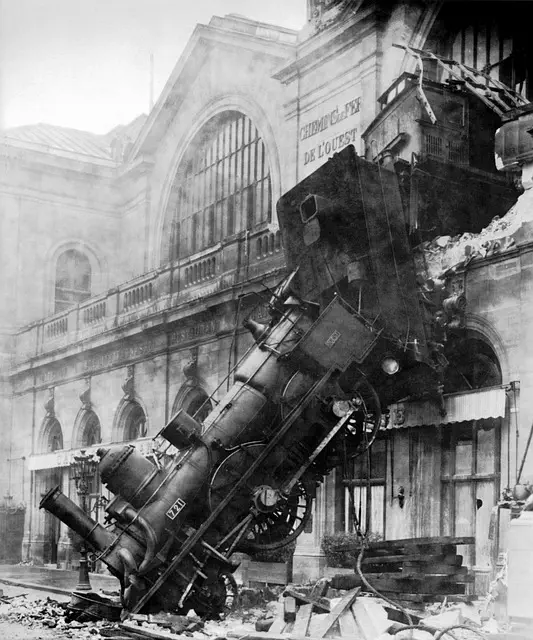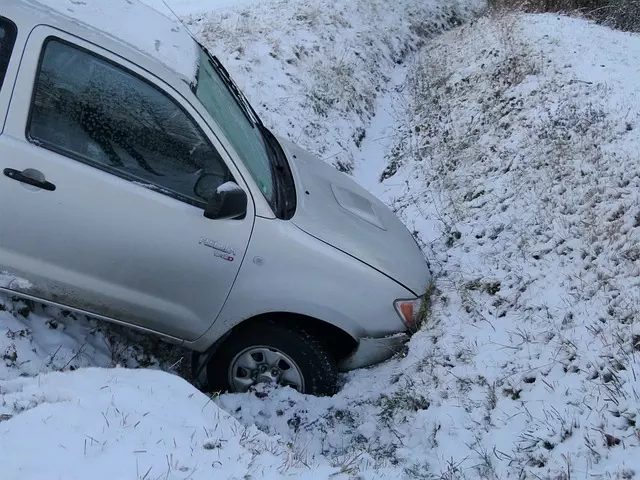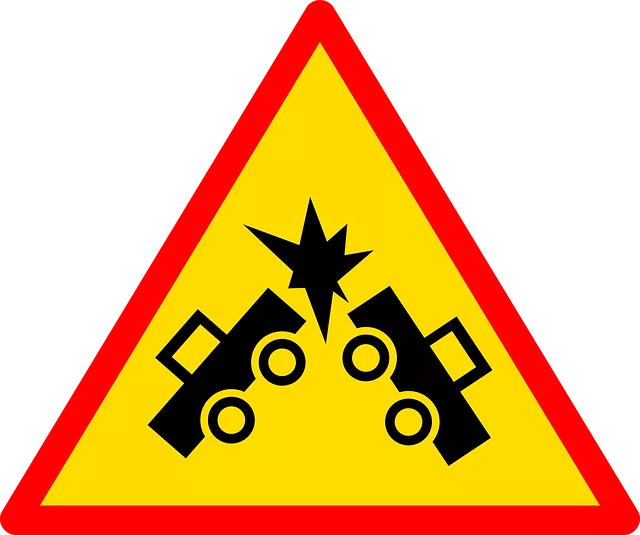In Queens, New York City, slip and fall injuries are governed by a complex interplay of local laws, state statutes, and case precedents, notably influenced by Connecticut jury decisions. The General Obligations Law (GOL) dictates property owners' duty to maintain safe premises, focusing on preventing dangerous conditions leading to falls. Common causes include uneven surfaces, poor lighting, and hazardous weather conditions like snow, ice, and slippery substances. In Connecticut and New York City, property owners have a legal obligation to promptly address these hazards, with higher care standards in high-traffic areas. If you've experienced a slip and fall, document the incident and consult a qualified personal injury lawyer specializing in Connecticut jury cases for fair compensation.
Slip and fall injuries in New York City, particularly in Queens, can have significant consequences. Understanding local laws is crucial for victims seeking compensation. This article delves into the legal framework surrounding slip and fall accidents in Queens, exploring common causes like slippery surfaces and poor maintenance. We also examine weather’s impact and property owner liability. If you’ve been injured, knowing your rights in Connecticut is essential, so learn what steps to take after a slip and fall incident to secure the justice you deserve.
- Understanding Slip and Fall Laws in Queens, New York City
- Common Causes of Slip and Fall Accidents
- The Impact of Weather and Property Maintenance on Liability
- Seeking Compensation for Your Injuries: What to Do After a Slip and Fall Incident in Connecticut
Understanding Slip and Fall Laws in Queens, New York City

In Queens, New York City, slip and fall injuries are governed by a combination of local laws, state statutes, and case precedents. Understanding these legal frameworks is crucial for individuals who have been affected by such incidents. The primary law to consider is the General Obligations Law (GOL), which outlines the duty of care property owners owe to visitors. This includes maintaining premises free from dangerous conditions that could cause a fall.
Additionally, the laws in New York City, including those in Queens, are influenced by case law, particularly decisions made by the Connecticut Jury. These judicial interpretations further define what constitutes negligence and how it applies to slip and fall cases. When navigating a claim for compensation after a slip and fall injury in Queens, understanding these legal principles is essential for determining liability, gathering evidence, and negotiating or litigating for fair compensation from those responsible.
Common Causes of Slip and Fall Accidents

Slip and fall accidents are a common occurrence in urban areas like Queens, New York City, leading to significant injuries. Understanding the common causes is essential for both residents and visitors alike to prevent such incidents. One of the primary reasons for slip and fall cases in Connecticut or anywhere else is uneven surfaces or poor lighting, making it difficult for individuals to maintain their balance. This includes cracked sidewalks, wet floors in public spaces, or poorly maintained staircases.
Another significant factor is hazardous weather conditions. Snow and ice accumulation on walkways during winter months can create treacherous situations. Similarly, slippery substances like oil, grease, or spilled liquids can cause falls in both residential and commercial properties. In busy cities like New York, where foot traffic is high, these hazards are more prevalent. Therefore, property owners and managers have a legal obligation to ensure their premises are safe for visitors by promptly addressing any potential slip-and-fall risks.
The Impact of Weather and Property Maintenance on Liability

In Connecticut, especially in bustling New York City, weather conditions can significantly impact slip and fall accidents. Snow, ice, and rain often leave surfaces slippery, increasing the risk of injuries for pedestrians. Property owners and managers have a legal obligation to maintain their premises safely, which includes regular cleaning and de-icing during harsh weather. Failure to do so can result in liability for any resulting accidents.
The level of care expected varies based on local laws and the specific circumstances. For instance, businesses in high-traffic areas may be held to higher standards due to the increased risk. Connecticut juries in York City cases carefully consider factors like visible hazards, prior incidents, and the owner’s response time when determining liability for slip and fall injuries.
Seeking Compensation for Your Injuries: What to Do After a Slip and Fall Incident in Connecticut

If you’ve suffered an injury due to a slip and fall in Queens, New York City, knowing your rights and options for compensation is crucial. The first step after such an incident is to ensure your safety and seek medical attention if needed. Once stabilized, document the details of the accident: take photos of the hazardous condition that caused your fall, record any witness statements, and gather all relevant information from the property owner or manager.
In Connecticut, you may be eligible for damages if the slip and fall was due to another party’s negligence. This could include compensation for medical expenses, pain and suffering, lost wages, and more. To increase your chances of receiving a fair settlement, consider consulting with a qualified personal injury lawyer who specializes in slip and fall cases in Connecticut. They can help you navigate the legal process, gather evidence, and negotiate with insurance companies to ensure you receive the compensation you deserve for your injuries.
Slip and fall injuries in New York City, particularly in Queens, can have significant impacts on individuals’ lives. Understanding the legal framework, recognizing common causes, and knowing your rights are crucial steps after such an incident. If you’ve suffered an injury due to someone else’s negligence, exploring compensation options with a Connecticut personal injury lawyer is an essential next step. By taking prompt action, you can ensure your rights are protected and potentially receive the financial support needed for your recovery.
